Red Maple Tree
- September 26, 2023
- 0 comment
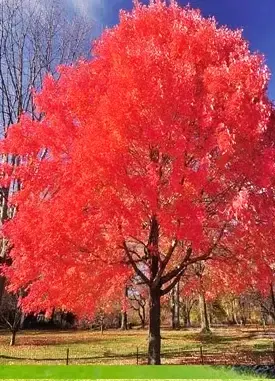
- Common Name: Red Maple Tree
- Botanical Name: Acer rubrum
- Family: Sapindaceae
- Plant Type: Deciduous tree
Lumber
Red maple wood is prized for its versatility and is commonly used in furniture making, cabinetry, flooring, and veneer production. It’s also used for making musical instruments, such as violins and guitars.
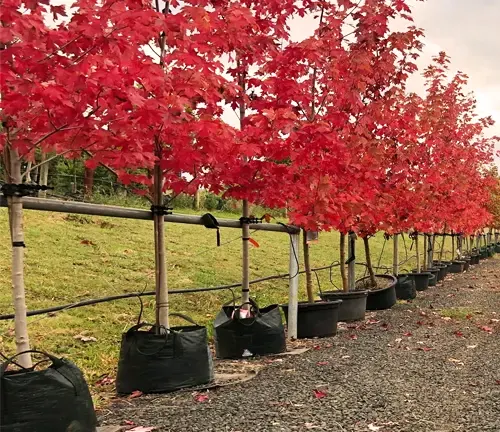
Mature Size and Growth Rate
Red maple trees typically reach a mature height of 40 to 70 feet (12 to 21 meters) and have a spread of 30 to 50 feet (9 to 15 meters). They have a moderate to fast growth rate, with young trees growing up to 2 feet (0.6 meters) per year.
Soil Type
Red maple trees are renowned for their adaptability to diverse soil types. Whether your soil is sandy, loamy, or clayey, red maples can establish themselves quite well. However, they truly flourish in soils that maintain a consistent level of moisture while still allowing for proper drainage. This adaptability makes them an excellent choice for various landscapes, from wetlands to upland forests.

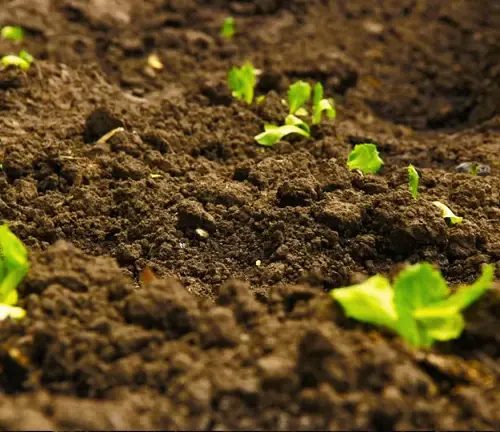
Soil Preferences
While red maples can tolerate a range of soil conditions, they do have specific preferences when it comes to soil pH. They thrive in soils that lean slightly towards the acidic to neutral side of the pH scale, typically within the range of 5.5 to 7.0. Maintaining these pH levels ensures that red maples can efficiently take up essential nutrients from the soil, contributing to their overall health and vitality. If your soil falls within this pH range, your red maple tree is more likely to exhibit robust growth and vibrant foliage throughout the seasons.
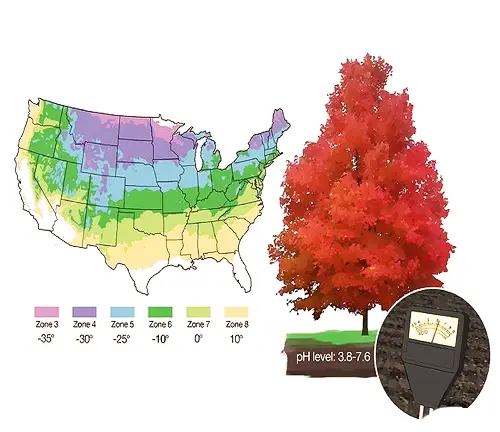
Hardiness Zone
Red maples are hardy in USDA zones 3 to 9, making them suitable for a wide range of climates.
Sun Preference
While they can tolerate some shade, red maples thrive in full sun, which promotes better fall foliage color.
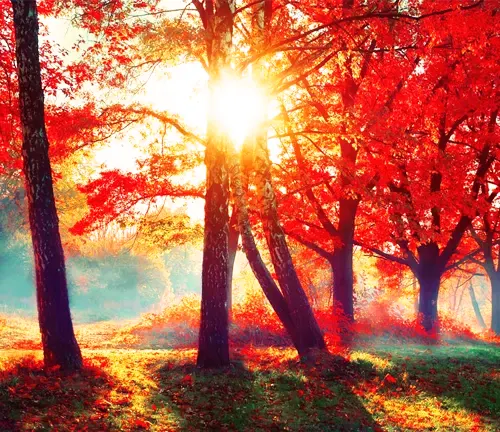
Attributes and Characteristics
Red maple trees are known for their striking red or crimson foliage in the fall, making them a popular choice for landscaping. They have simple, opposite leaves that are typically three-lobed and have serrated edges. In the spring, red maple trees produce clusters of small, inconspicuous red or yellow flowers. They also have distinctive red twigs, which add to their visual appeal in the winter.
Wildlife Value
Red maples provide essential habitat and food for various wildlife species. They are a valuable source of nectar for pollinators in the spring and offer seeds for birds and small mammals. Their dense foliage provides nesting sites for birds, and their bark can be a food source for deer during harsh winters.

Care
Red maple trees are relatively low-maintenance. Regular watering during dry spells, mulching to conserve soil moisture, and occasional pruning to shape the tree or remove dead branches are the primary care requirements.
Benefits
Red maples offer numerous benefits, including their beautiful fall foliage, adaptability to various soil types, and their value in supporting local wildlife. They also play a role in improving air quality by absorbing pollutants.
Invasive
Red maples are not considered invasive, but they can self-seed and potentially become weedy in certain areas.
Lifespan
Red maple trees have a lifespan of approximately 80 to 100 years under favorable growing conditions.
Disadvantages
While red maples have many advantages, they can be susceptible to certain diseases and pests, such as leaf spot diseases and aphids. In urban areas, they may also be prone to stress from pollution and compacted soil.
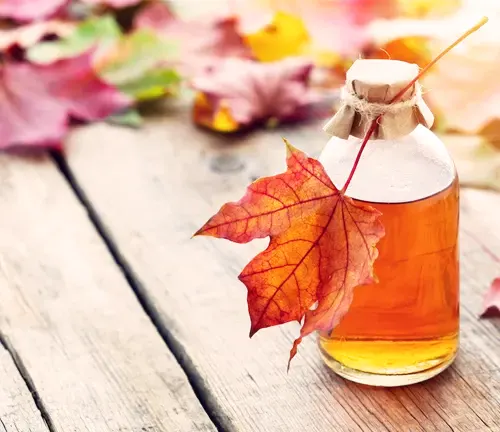
Edible or Not
Red maple sap can be used to make maple syrup, but it has a lower sugar content than sugar maple sap, so it takes more sap to produce syrup. The seeds of red maples are winged and can be dispersed by the wind, but they are not typically consumed by humans due to their bitterness.
Habitat Requirements
Red maples are adaptable to various habitats, including wetlands, floodplains, and upland forests. They are often found near streams and in areas with consistently moist soil.
Name of Origin
The name “red maple” refers to the vibrant red color of the tree’s foliage in the fall.
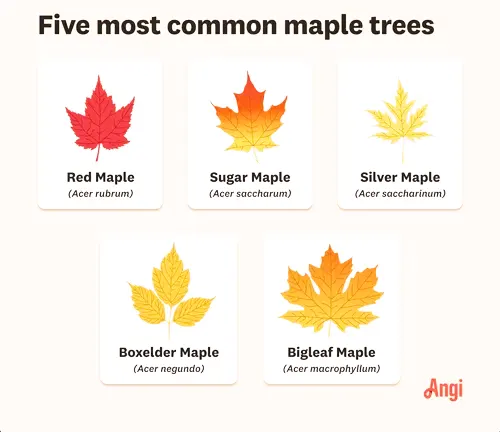
Varieties
There are several varieties and cultivars of red maple, including ‘October Glory,’ ‘Red Sunset,’ and ‘Autumn Blaze,’ each with its unique characteristics and fall coloration.
Pruning
Pruning is best done during the dormant season in late winter or early spring. It’s important to prune carefully to maintain the tree’s natural shape and remove any dead or diseased branches.
Propagating
Red maples can be propagated from seeds, but for specific cultivars, grafting or budding is a more reliable method.
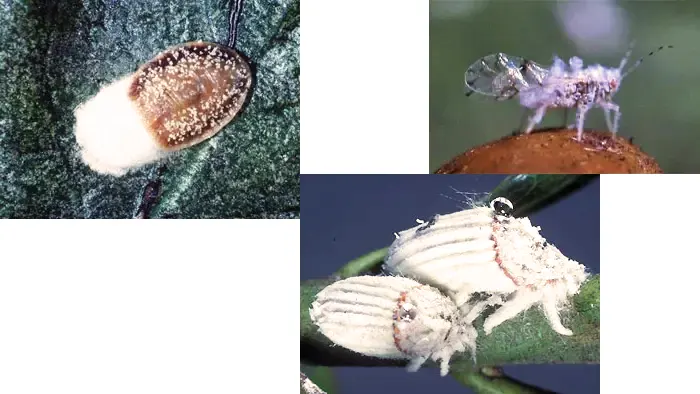
Common Pests & Diseases
Red maples can be susceptible to various pests and diseases, including aphids, scale insects, leafhoppers, and fungal pathogens like tar spot and anthracnose. Regular monitoring and appropriate treatments can help manage these issues.
Fun Facts
- Red maple leaves can vary in color from green to red in the summer, but they turn brilliant shades of red, orange, or yellow in the fall, making them a striking addition to the autumn landscape.
- Red maples are often called “swamp maples” because they thrive in wetland areas and are one of the most common tree species in these ecosystems.
- Native Americans used red maple bark to make baskets and containers, and they also made tea from the bark, which was used for medicinal purposes.
- Red maples are the state trees of Rhode Island.
FAQs
- Are red maples suitable for urban planting?
Yes, red maples are commonly planted in urban areas due to their adaptability and attractive fall foliage. - Can I tap red maples for syrup like sugar maples?
Yes, you can tap red maples for syrup, but they produce sap with a lower sugar content, so it takes more sap to make syrup compared to sugar maples. - Do red maples attract specific wildlife?
Red maples provide food and habitat for a variety of wildlife, including birds, squirrels, and deer, which may feed on their seeds, buds, and bark. - How can I enhance the fall color of my red maple tree?
Planting red maples in full sun and ensuring they receive adequate moisture can enhance the intensity of their fall foliage colors. - Are there any specific care tips for maintaining a healthy red maple tree?
Regular watering during dry spells, mulching, and pruning to remove dead or diseased branches are key to maintaining a healthy red maple tree. Additionally, monitoring for pests and diseases and taking appropriate action is essential.
In the realm of trees, the Red Maple stands as a symbol of nature’s adaptability and beauty. With its ability to thrive in various soil types, its preference for slightly acidic to neutral soils, and the breathtaking display of crimson leaves in the fall, the Red Maple is a testament to the wonders of the natural world. Whether gracing the serene landscapes of wetlands or adding a touch of elegance to urban gardens, this tree serves as a living reminder of the remarkable diversity and resilience of our natural surroundings. So, as you watch its leaves transform into a fiery spectacle each autumn, remember that the Red Maple is not merely a tree; it’s a living masterpiece of nature’s artistry.


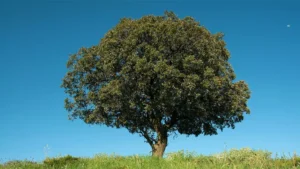
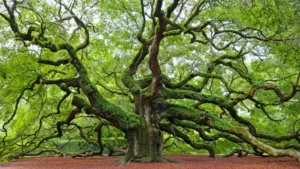
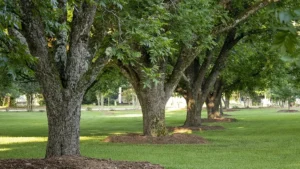
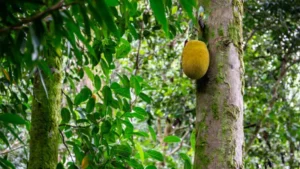

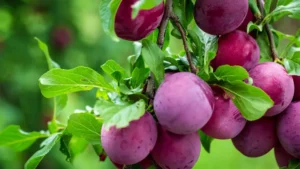
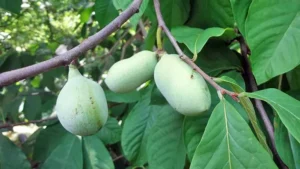
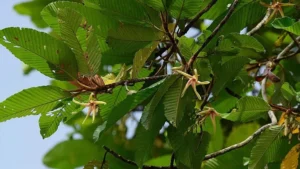
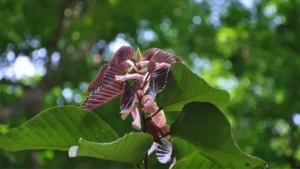
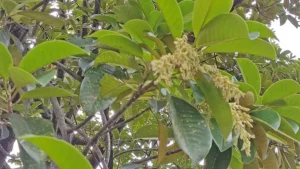
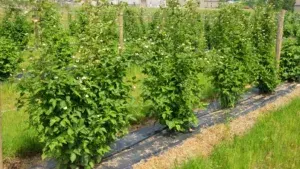
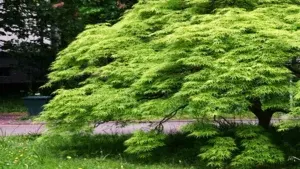
Leave your comment